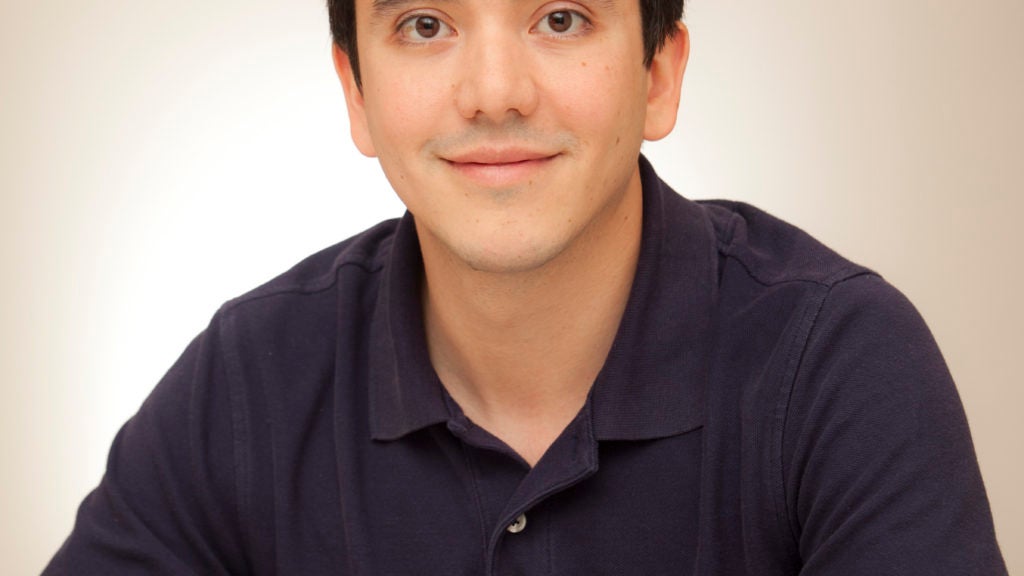Georgetown Scholar Calculates the Returns on India’s New Multibillion Dollar Highway System

Assistant Professor of Economics at Georgetown University in Qatar, Dr. Jose Asturias, presented his latest, grant winning research of India’s largest and recently built highway project, The Golden Quadrilateral, that seeks to study how economic competition changes after new transportation infrastructure is built and ultimately how this affects income in the country, at the university’s regular Faculty Research Colloquium on campus.
Working with his research partners, Manuel Garcia-Santana from Pompeu Fabra University and Roberto Ramos from the Bank of Spain, Dr. Asturias looked at 29 different Indian states to compiled data from 200 manufacturing plants that have more than 95% of sales shares, compared the cost of transportation of the goods produced by those plants before and after the construction of the new highway system using complex economic models, and predicted the economic outcomes using a supercomputer at Texas A&M in Doha.
“Our model predicted that in India, the impact of this new infrastructure has caused an increase in real income per year at the rate of 2.04. That means that the calculated annual benefits of the road project is an increase of 3.15 billion dollars per year. That’s a pretty good return for an investment of 5.6 billion, the cost of building this highway network connecting many of the major industrial, agricultural and cultural centers of India.”
Speaking to the audience of students and interested faculty, he said that importance of the research findings go well beyond the Indian context. “Transportation costs are particularly high in developing countries. In the US it’s 10%, and in India it is high at around 45%. This can have a tremendous impact on competition, market efficiency and ultimately worker welfare. This model and our findings can be used by policy makers worldwide to capture gains that normal models don’t.”
For the students at the Education City institution, this research is also an important way to learn about core economic issues. ”I try to incorporate my own research in the classroom. I teach Macro courses here, so at the end of the semester I usually talk about some of my own research and show the students that the theory that we learn in class can be used to tackle a wide range of very interesting questions.”
The funding for the research project came from research support provided by GU-Q as well as a grant from the Private Enterprise Development in Low Income Countries (PEDL), a joint research initiative of the UK government’s Department for International Development (DFID) and the Centre for Economic Policy Research (CEPR), an important and widely recognized organization of European economists based in the UK.
The GU-Q Colloquium is where colleagues from GU-Q and other universities in Doha, the region and around the world present and discuss current research. The Faculty Research Colloquium meets every week or two during the spring and fall semesters with the central goal of furthering GU-Q faculty’s research by providing a platform both to present their ideas and to learn from other’s ideas